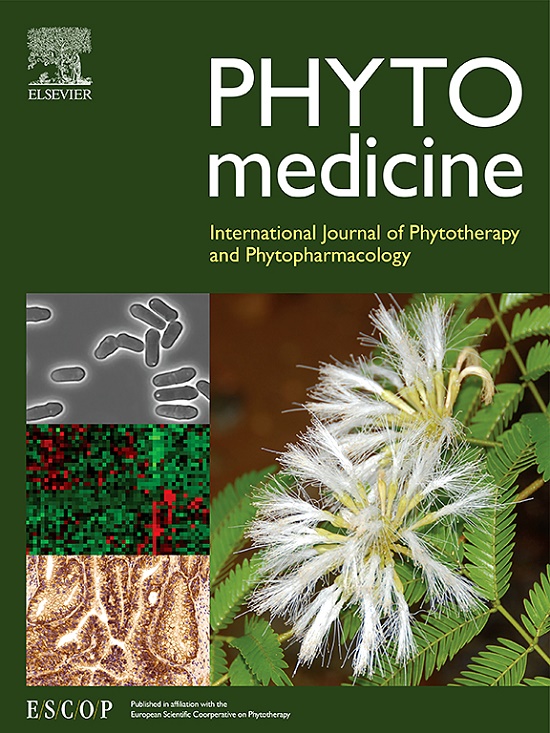Bibliometric analysis of literature on natural medicines against chronic kidney disease from 2001 to 2024
IF 6.7
1区 医学
Q1 CHEMISTRY, MEDICINAL
引用次数: 0
Abstract
Background
Chronic kidney disease (CKD) is a globally common and progressive disease. There has been few bibliometric study to analyze the status, hot spots, and trends in the field of natural medicines (NMs) against CKD.
Purpose
To comprehensively understand the status, hot spots, and trends in the field of NMs against CKD.
Methods
The documents concerning NMs against CKD are extracted from the Web of Science Core Collection database (WOSCC). The literature analysis was conducted using VOSviewer 1.6.20 and CiteSpace 6.3.R1 software.
Results
In total, 641 publications were encompassed, which were produced by 3 548 authors and 823 organizations, 241 journals, and 56 countries/regions. The most productive author, institution, country, and journal were Li, Ping, Nanjing University of Chinese Medicine, China, and Journal of Ethnopharmacology, respectively. The first high-cited article was published in Medicinal Research Reviews with 457 citations authored by Huang and colleagues in 2007. Oxidative stress, anti-inflammatory, renal fibrosis, and gut microbiota were the emerging keywords. Rhubarb, Astragalus, Angelica, and Cordyceps, which contain anthraquinones, cordycepin, adenosine, or various polysaccharides, are promising NMs to prevent or treat CKD.
Conclusion
Currently, the main hot spot is the elucidation of cellular and molecular mechanisms using novel technologies such as network pharmacology, molecular docking, and experimental validation. Future studies are needed to focus on the inherent molecular mechanisms and clinical applications. In addition, potential side effects of the bioactive compounds cannot be ignored.

求助全文
约1分钟内获得全文
求助全文
来源期刊

Phytomedicine
医学-药学
CiteScore
10.30
自引率
5.10%
发文量
670
审稿时长
91 days
期刊介绍:
Phytomedicine is a therapy-oriented journal that publishes innovative studies on the efficacy, safety, quality, and mechanisms of action of specified plant extracts, phytopharmaceuticals, and their isolated constituents. This includes clinical, pharmacological, pharmacokinetic, and toxicological studies of herbal medicinal products, preparations, and purified compounds with defined and consistent quality, ensuring reproducible pharmacological activity. Founded in 1994, Phytomedicine aims to focus and stimulate research in this field and establish internationally accepted scientific standards for pharmacological studies, proof of clinical efficacy, and safety of phytomedicines.
 求助内容:
求助内容: 应助结果提醒方式:
应助结果提醒方式:


